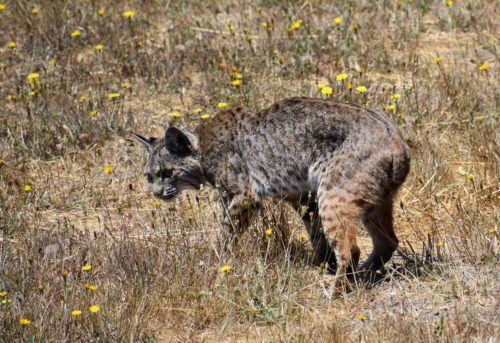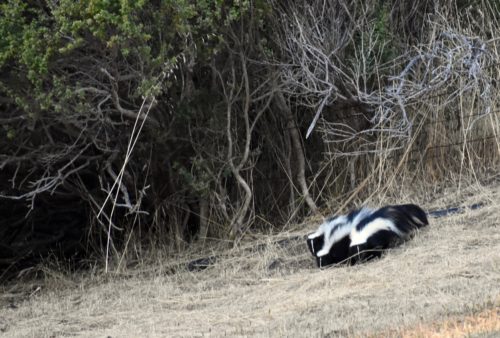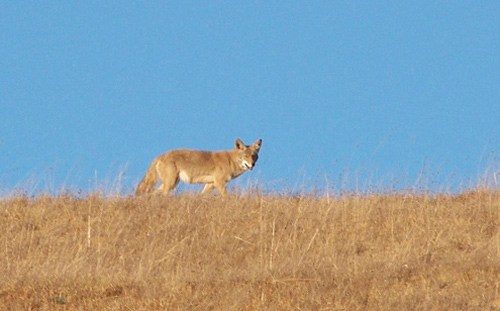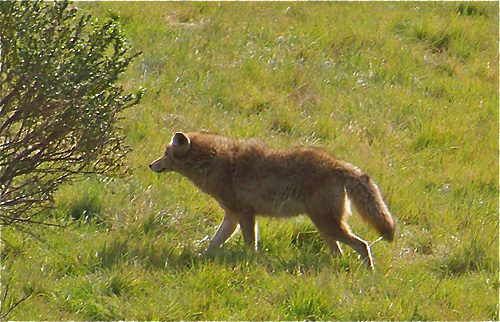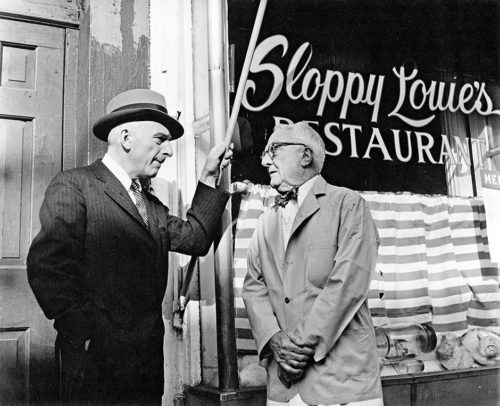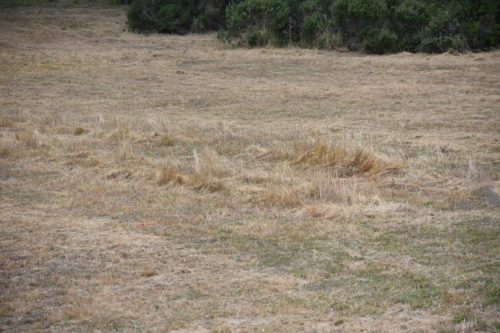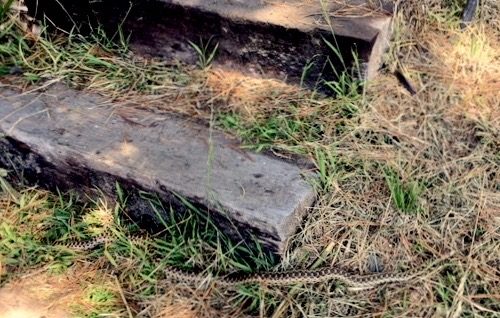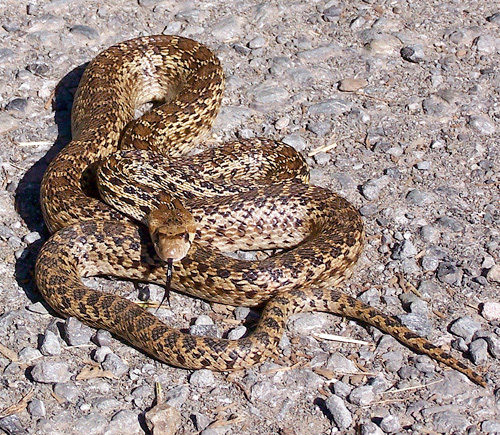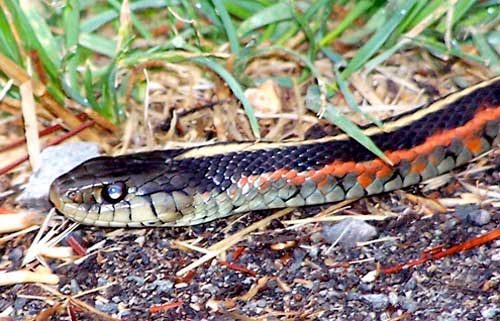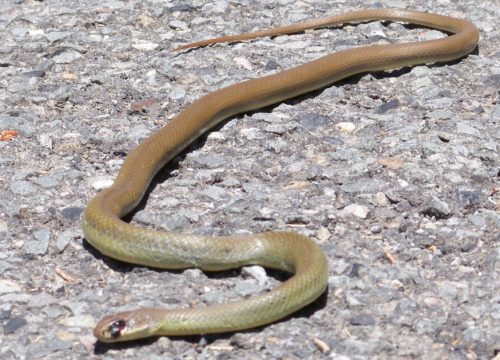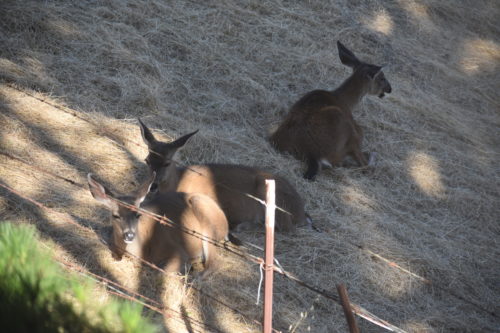Caveat lectorem: Some readers have asked to receive an email alert with a link to new postings on this blog. Thank you. The link is created the moment a posting goes online. Readers who find their way here through that link can see an updated version by simply clicking on the headline above the posting.
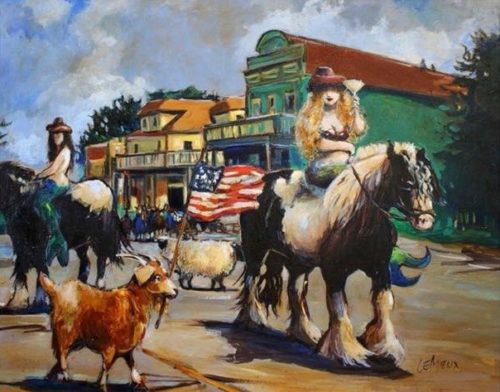
Tomales celebrated its annual Founders’ Day Sunday with its traditional parade down the main street and festival in the town park. Tomales artist and cartoonist Kathryn LeMieux incorporated her California Mermaids characters into this scene, which she painted for the festival poster.

A Coast Guard honor guard marched at the head of the parade.
The parade was more spread out than in years past. Fewer floats took part. Tomales High did not send cheerleaders as it often does. Nor was there the usual contingent of antique cars, farm tractors, etc. but the crowd was still enthusuastic.
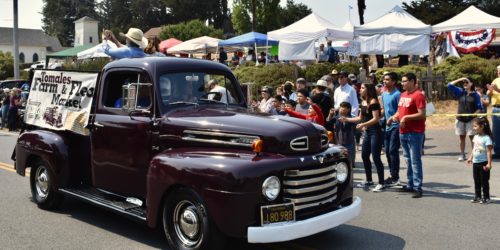
As is common at parades in West Marin, more than a few participants threw wrapped candies to kids along their route. Meanwhile the festival, which included a variety of food booths, art offerings, and music, was packed and convivial.

The Boy Scouts provided their own color guard. Tomales’ main street is Highway 1, which had to be closed through town during the parade.
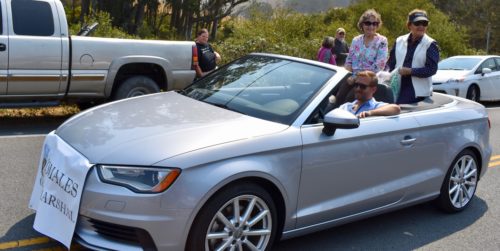
The parade marshals turned out to be sisters, Mary Zimmerman and Kathleen Sartori.
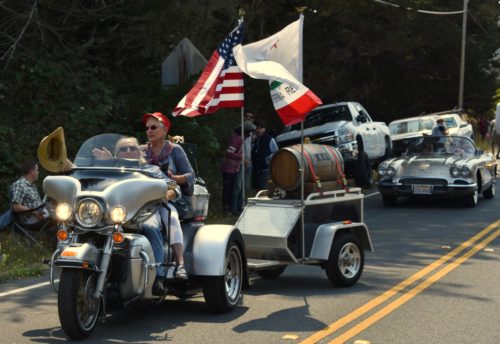
Tomales rancher Al Poncia and his wife Cathie rode a three-wheeled motorcycle that was pulling a trailer with a keg labeled “Papa’s Grappa.”
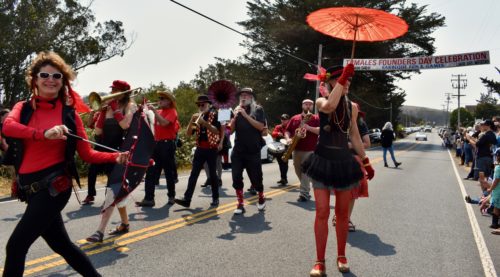
The Hubbub Club from the Graton-Sebastopol area of Sonoma County.
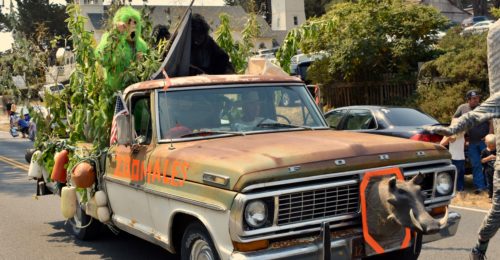
Tomales sheepman Dan Erickson drove a truck marked “ZOOMALES,” which was loaded with plants and scary-looking creatures.

A “Tomales Baby Boom” entry celebrated the “future” Future Farmers of America.
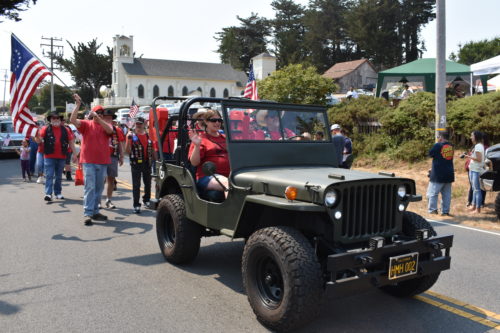
E Clampus Vitus is annually a colorful participant in the parade. The Clampers are a boisterous club which pulls pranks but also puts up memorials for events in local history considered too small for the State Historical Society to commemorate. The Los Angeles Times once mused whether the group should be considered an “historical drinking society or a drinking historical society.”
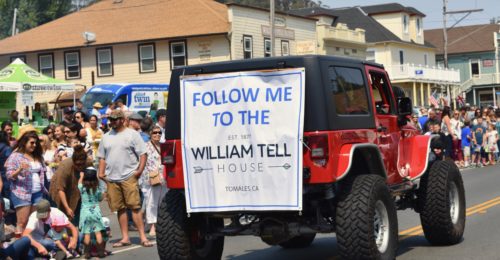
The 1877 William Tell House bar and restaurant, the oldest saloon in the county (the building on the left), reopened last month under new ownership.
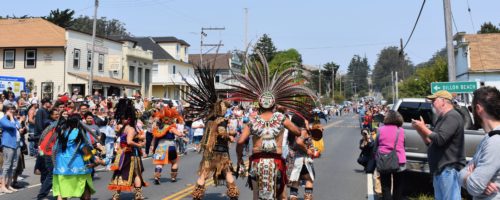
Mexican dancers, who pull their own drums with them, add excitement to many parades around here.
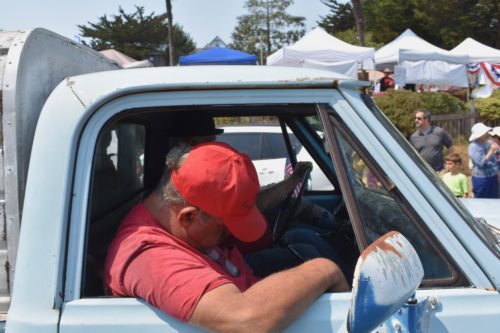
Not so excited was this participant who appeared to doze off while riding in a parade entry.

Far more excited was this canine passenger, Rylo, riding with Karen Lawson in Curtis McBurney’s parade entry.

Providing music for the festival in Tomales Town Park was a group called Foxes in the Henhouse.

Along with all the food, music, and crafts in the park, townspeople could sign up to become volunteer firefighters or to take Community Emergency Response Team (CERT) training. Kids could climb, swing, and take slides in the park’s small playground. In short, there was something for everyone.


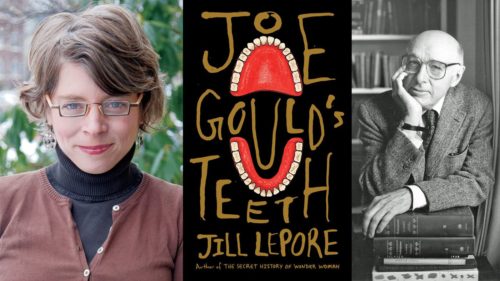



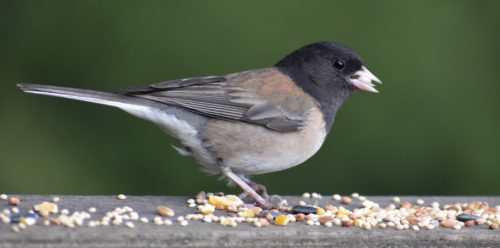
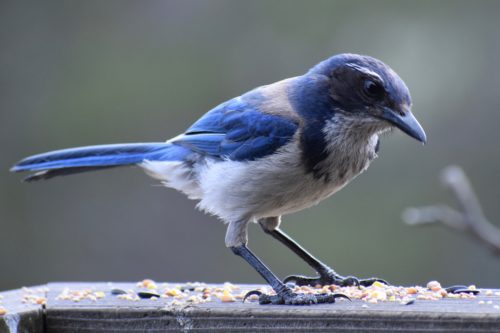

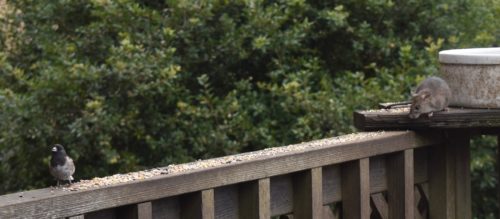
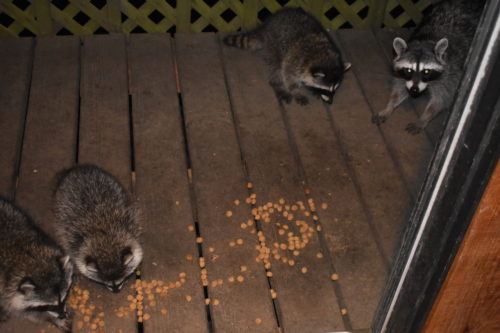





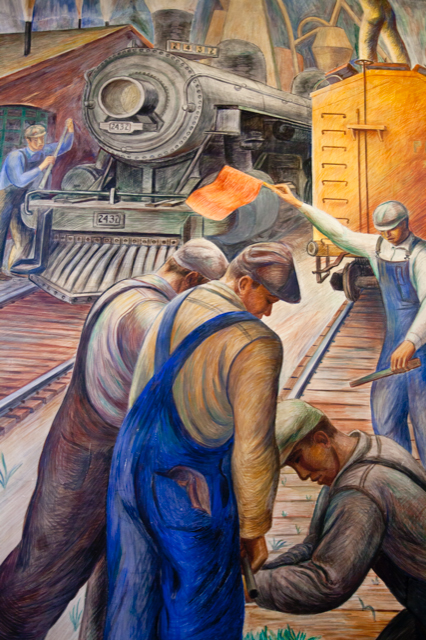



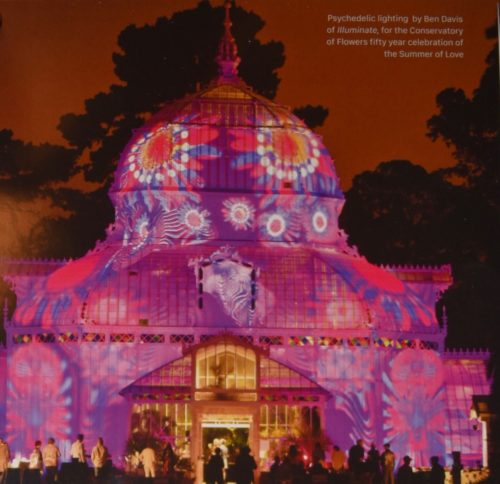




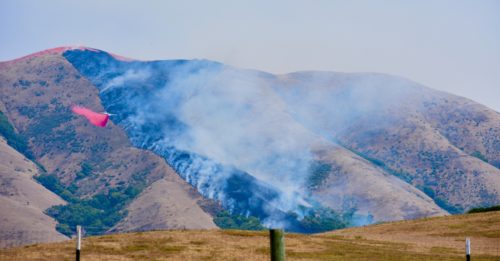
 Â
 